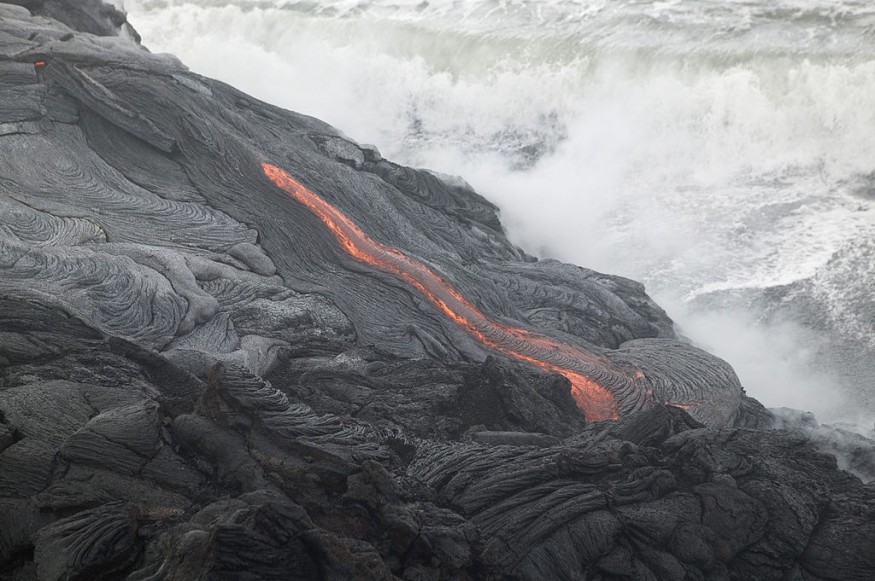The United States Geological Survey (USGS) continues to monitor volcanoes around the country; due to recent activity, four of them have been upgraded to WATCH / ORANGE status.
The Great Sitkin volcano, Pavlof, Semisopochnoi, and Kilauea are the four volcanoes displaying symptoms of unrest or activity. Mauna Loa and Davidof are the two volcanoes that have been designated as ADVISORY / YELLOW. All other volcanoes monitored by the USGS currently are GREEN or unrated.
USGS monitors 161 potentially active volcanoes in the United States, most of which are in Alaska. However, Alaska has a lot of volcanoes; there have been over 130 active volcanoes and volcanic fields in the last 2 million years. Since the mid-1700s, 50 have been active, and AVO investigates them.
Hawaii Volcanoes

Hawaii is another area known for its volcanoes; on the Big Island of Hawaii, Kilauea, Mauna Loa, and Hualalai are all considered active and potential dangers, although only Kilauea is now erupting. The United States is home to just a small percentage of the world's volcanoes: the USGS estimates that there are around two dozen active volcanoes across the world at any one moment.
According to the USGS, there are roughly 1,500 potentially active volcanoes globally, with about 500 of them erupting in recent history.
The Hawaii Volcano Observatory (HVO) monitors Hawaii volcanoes, while the Alaska Volcano Observatory (AVO) monitors Alaska volcanoes. Other observatories include the California Volcano Observatory, Cascades Volcano Observatory, Yellowstone Volcano Observatory, and Northern Mariana Islands Volcano Observatory.
Each of the USGS's different volcanic observatories keeps track of volcanoes in their particular areas. None of the other observatories are reporting any unusual activity or evidence of anything other than background noise.
Aviation Codes and Volcanic Activity Alert Levels
The USGS and volcanic observatory units are issuing Aviation Codes and Volcanic Activity Alert Levels in the United States. Green, yellow, orange, or red is the many types of aviation codes.
Ground-based instrumentation is insufficient to determine whether a volcano is at an average background level of activity; it is labeled "unassigned." While green denotes regular exercise associated with a non-eruptive state, yellow denotes signs of elevated unrest above known background levels.
The color of a volcano changes from red to orange when it experiences significant or growing instability with an increased risk of eruption.
Turning Red
The code becomes red when an eruption is imminent, with sizeable volcanic ash emissions predicted in the atmosphere, or when an eruption is underway, with major volcanic ash emissions expected. The alert levels for volcanic activity include normal, advisory, watch, or warning.
When data is lacking, the volcano is designated as "unassigned," as with aviation codes. It is deemed normal when the volcano is at regular background activity in a non-eruptive condition.
An advisory is issued if the volcano shows heightened disturbance above the background level. A watch is issued when a volcano shows signs of increased or growing disturbance, whereas a warning is issued when a dangerous eruption is imminent.
For similar news, don't forget to follow Nature World News!
© 2025 NatureWorldNews.com All rights reserved. Do not reproduce without permission.





